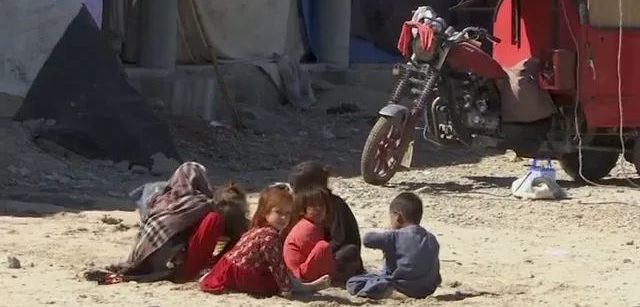About 1900 children died or disabled in 9 months ! The children face “the most dangerous environment”
According to the data previously released by the United Nations and the World Bank, under years of war and conflict, not only the security situation in Afghanistan is not optimistic, but also its economy, livelihood and many other aspects have been severely damaged.
In its latest report on the civilian costs of the Afghan war, the United Nations revealed that nearly 1,900 children were killed or disabled in the first nine months of 2020. Between 2005 and 2019, 26,025 children were killed or disabled.

At the same time, the education situation is not optimistic. The number of out-of-school children has not decreased, but increased in the past eight years. This is followed by the low adult literacy rate in Afghanistan in the world. According to United Nations statistics, the adult literacy rate in Afghanistan is only 43%, and only half of the global adult literacy rate of 86%. The United Nations Assistance Mission in Afghanistan has said that Afghan children are still facing the most dangerous environment in the world, and the Afghan people are facing one of the deadliest conflicts in the world.
The United Nations statistics that 100,000 people have been killed and injured in the A-Super League due to various conflicts.
According to previously released data by the United Nations, 3,403 civilians were killed and 6,989 civilians were injured in the conflict between Afghan parties in 2019, and the number of civilian casualties exceeded 10,000 for six consecutive years. The United Nations began to count civilian casualties in Afghanistan in 2009. The number of civilian casualties in Afghanistan has increased almost year by year, with a total of more than 100,000.

Afghanistan’s GDP in 2019 is the lowest in 8 years.
The unstable security situation is bound to affect economic development. According to the World Bank, Afghanistan’s GDP in 2019 was 19.101 billion US dollars, down 901 million US dollars from $20.02 million in 2012, the lowest in eight years



